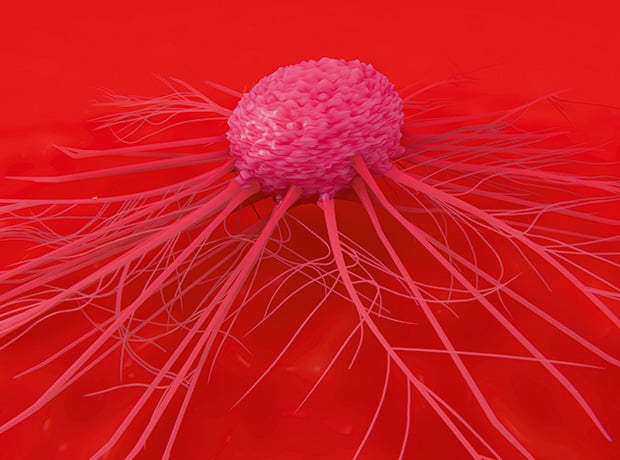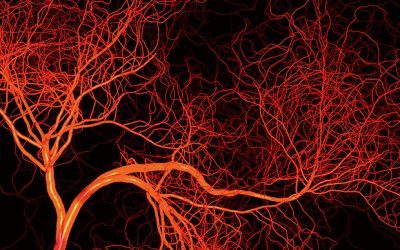Researchers from King’s College London (KCL) have identified that fertilised chicken eggs could provide a low-cost opportunity for cancer imaging studies and radiotracer development.
Published in the Nature Imaging Journal, the study findings could offer an alternative model that can improve both ethical and economic issues for preclinical cancer research.
Dr Tim Witney, reader in molecular imaging, school of biomedical engineering and imaging sciences, KCL, said: “12 fertilised eggs cost just £45, with zero maintenance costs – a 97% saving compared to standard mouse xenografts.”
The clinical development of drugs and diagnostic imaging in cancer research usually requires the use of animal models, including mouse models. However, recreating diseases using mouse models can be expensive, time-intensive and complicated by variable tumour take-rates and the associated welfare considerations.
Fertilised chicken eggs can provide an ideal environment for tumour growth and study as they contain a highly vascularised membrane called the chicken chorioallantoic membrane (CAM).
Researchers worked to find a straight-forward protocol for the use of chick CAM in order for fertilised eggs to be widely adopted as a model for radiopharmaceutical research.
Using direct comparison studies, researchers tested the viability of the chick CAM in comparison to mouse models.
They found that the chick CAM demonstrated its potential to achieve novel radiotracer development as well as assess treatment responses in test subjects more quickly.
Additionally, results showed that it was possible to cultivate tumours for imaging in fertilised eggs within seven days.
“These eggs provided exquisite tumour images that allowed us to assess [the] delivery of tumour-targeting drugs and the effects of radiation therapy,” added Witney.
Dr Richard Southworth, reader in cardiac molecular imaging, KCL, said: “Testing new imaging agents in cancer cells in culture is a useful first step, but it only gets us so far.
“Growing tumours in a chicken egg is an interesting intermediate step which could accelerate imaging agent development at a fraction of the cost.”










